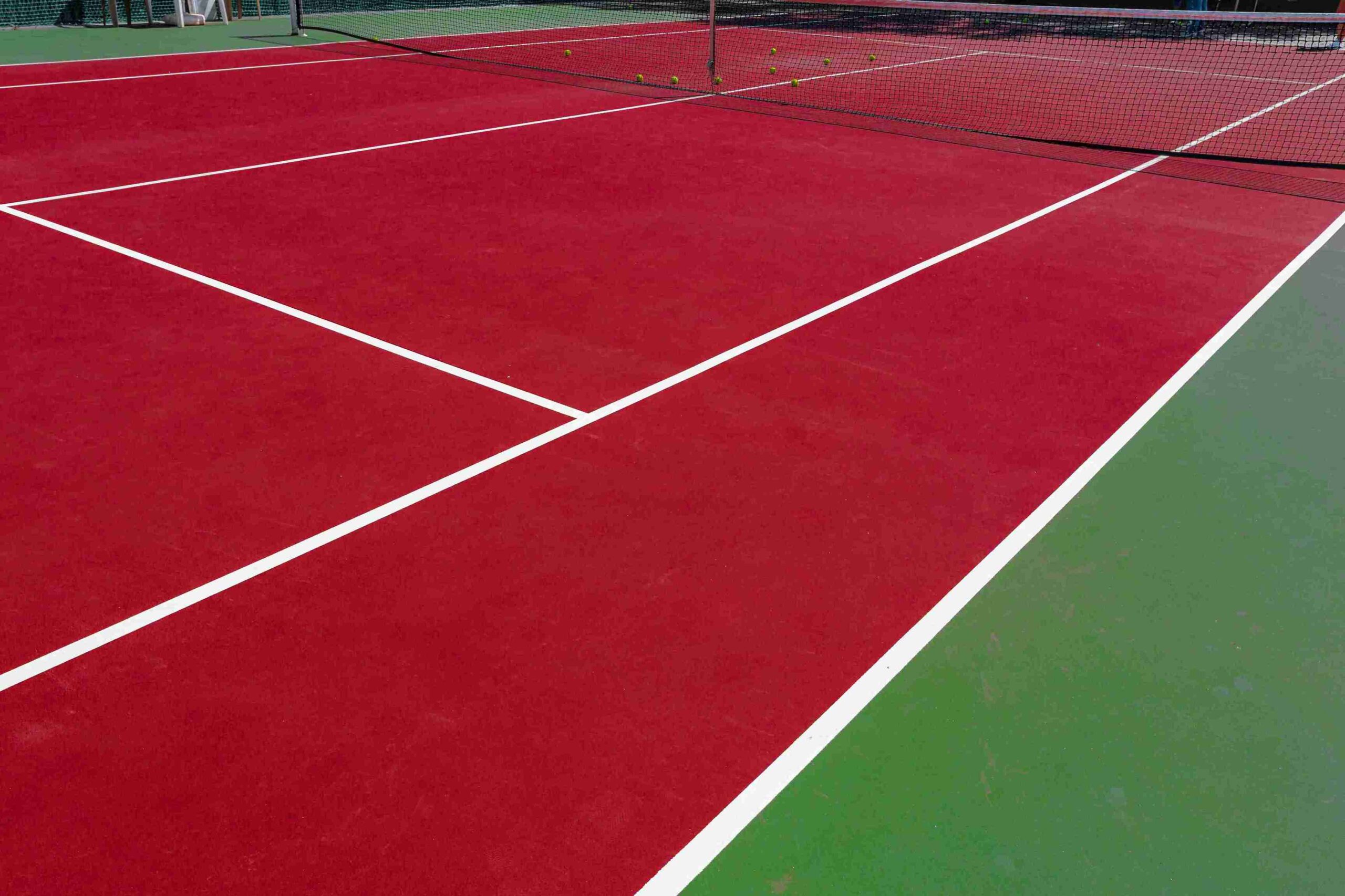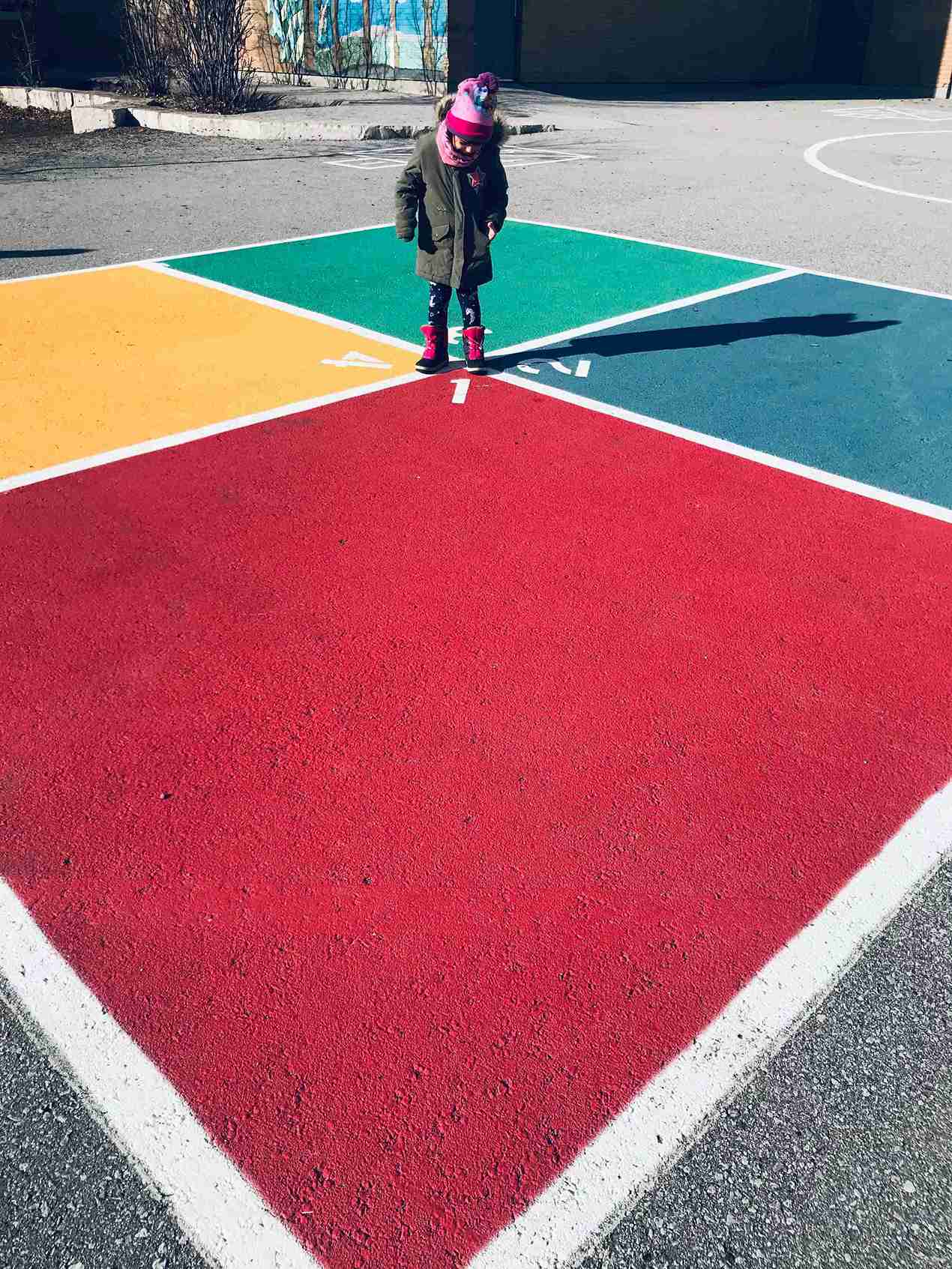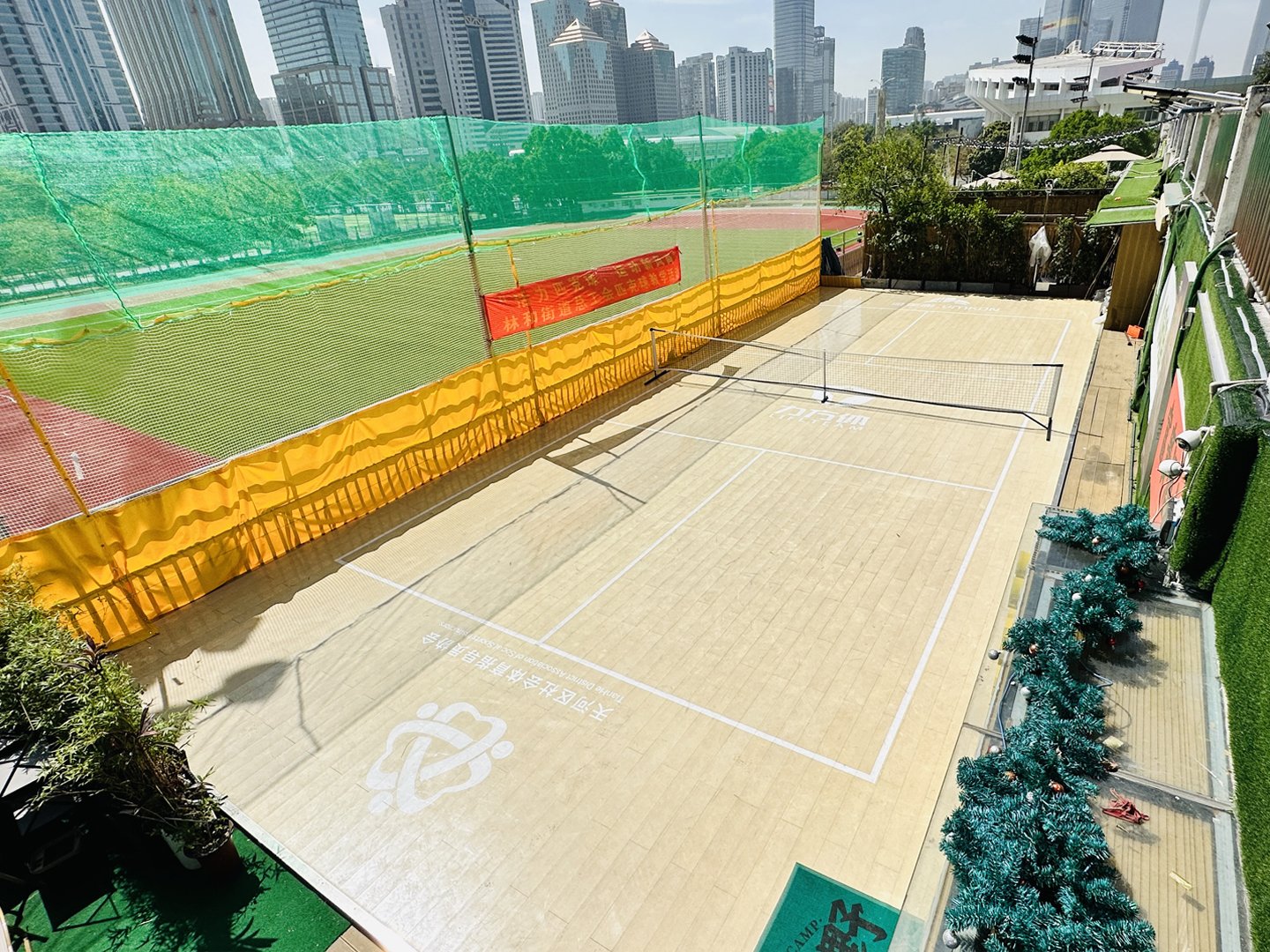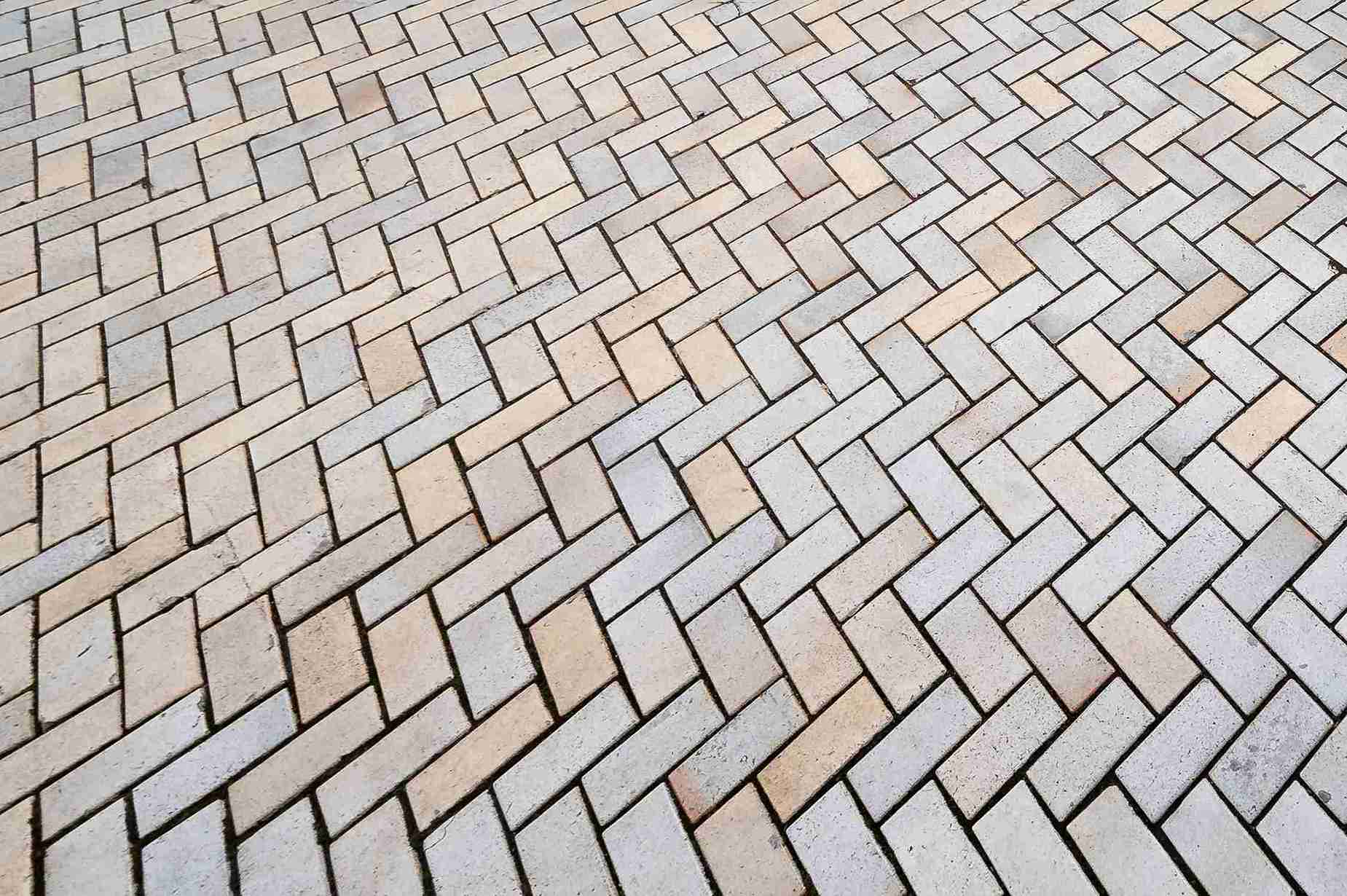Picture a player sprinting down the court, stopping abruptly, and launching a perfect jump shot. The hardwood floor beneath them absorbs the impact, provides grip, and ensures a seamless transition of energy. This isn’t just luck. It’s the design of basketball hardwood floors that makes such moments possible.
These floors are engineered to enhance performance while reducing risks, offering players a safe and reliable surface for every move. From smooth dribbles to quick pivots, the right flooring is crucial for both safety and success on the court.
What Is a Basketball Hardwood Floor?
A basketball hardwood floor is a specially designed playing surface made primarily from maple wood. Known for its durability, smooth finish, and natural resilience, this type of flooring provides the ideal foundation for the fast-paced, high-energy nature of basketball. Its construction ensures consistent ball bounce, excellent traction, and shock absorption, making it a staple in professional arenas and recreational courts alike.
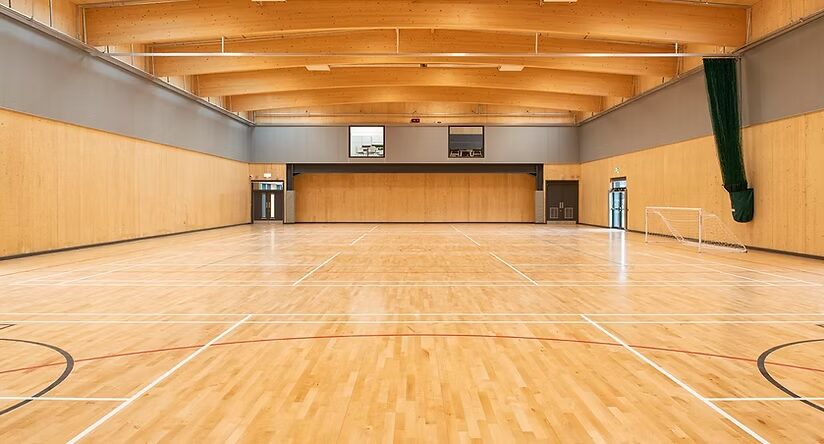

The hardwood’s polished surface not only enhances gameplay but also minimizes injury risks by offering players stability and cushioning during quick movements and high-impact plays.
Key Features of Basketball Hardwood Floors:
Basketball hardwood floors are designed with performance, safety, and style in mind. These features not only enhance the playing experience but also ensure the court remains a reliable and professional space for players.
These floors are a standout choice for following reasons:
1. Durability: Basketball hardwood floors are built to withstand the wear and tear of high-impact activities. From fast-paced sprints to constant dribbling, the flooring resists damage while maintaining its structure and performance over time.
2. Shock Absorption: Engineered to reduce strain on players’ joints, hardwood floors offer superior shock absorption. This minimizes the risk of injuries during jumps, landings, and quick directional changes, keeping athletes safe and comfortable.
3. Traction: Proper grip is essential for precise movements, quick stops, and seamless pivots. Hardwood floors provide the perfect balance of traction, allowing players to perform at their best without slipping or losing control.
4. Aesthetics: The polished, sleek look of hardwood floors adds a professional touch to any arena. Their natural shine and refined finish create an inviting and high-quality appearance that elevates the game environment.
Basketball Hardwood Floor vs. Synthetic Floors: Which Is Better?
Selecting the right flooring for a basketball court is a critical decision, as it impacts gameplay, player safety, and maintenance requirements. Both hardwood and synthetic floors are popular choices, each offering distinct advantages depending on the setting and purpose.
Below, we have discussed the key differences in material, performance, maintenance, and cost to help you understand their unique characteristics. Without any further delay, let’s begin!
1. Material Differences:
Basketball hardwood floors are primarily constructed from maple wood, a natural material prized for its strength, durability, and smooth surface. Maple’s dense grain structure ensures a hard-wearing, even finish that can endure years of intensive use.
In contrast, synthetic floors are made from man-made materials such as vinyl, rubber, or polyurethane. These materials are engineered for versatility, offering a range of textures and designs to suit various needs. While they may not replicate the authentic feel of hardwood, synthetic materials can mimic its appearance at a lower cost and with added customization options, such as vibrant colors or logos.
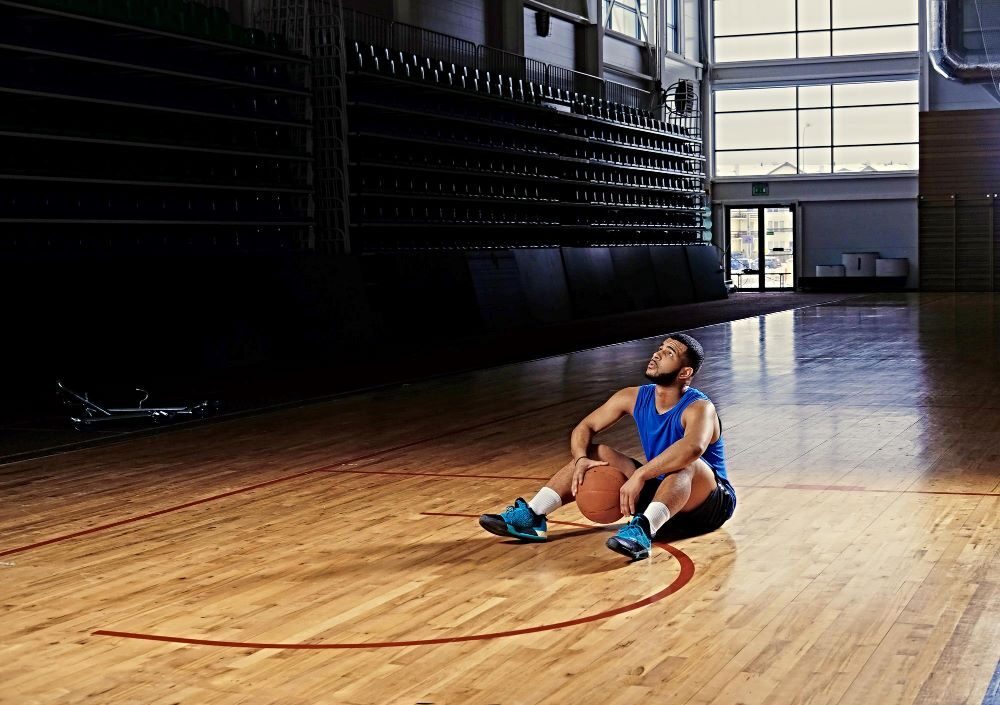

2. Performance:
When it comes to gameplay, hardwood floors are often considered the gold standard. They offer a consistent and predictable bounce, critical for fast-paced basketball games where precision is key. Hardwood’s natural surface allows for smooth transitions during dribbles, quick stops, and pivots, giving players confidence in their movements.
Synthetic floors, while functional, may not match the superior energy return and responsiveness of hardwood. However, they can provide enhanced shock absorption, depending on the material, which may benefit beginner or recreational players.
3. Maintenance:
Maintaining a premium basketball hardwood floor requires significant effort and attention. Regular sweeping and mopping are necessary to remove dust and debris, while periodic polishing helps retain the floor’s shine and smoothness. Hardwood floors are also sensitive to changes in humidity and temperature, requiring careful environmental control to prevent warping or cracking. Over time, they may need refinishing to restore their surface, which adds to the maintenance workload.
Synthetic floors, on the other hand, are much easier to maintain. Their moisture-resistant properties make cleaning quick and hassle-free, and they are less prone to damage from environmental changes. While synthetic materials can still wear down over time, their maintenance demands are generally lower, making them ideal for facilities with limited upkeep resources.
4. Cost Comparison:
The cost difference between hardwood and synthetic floors is one of the most significant factors in choosing between them. Hardwood floors come with a higher initial investment due to the price of natural maple wood and the skilled labor required for installation. The ongoing maintenance, including refinishing and environmental control, can further add to the expenses. However, their durability and timeless appeal often make them a worthwhile long-term investment, especially for professional settings.
Synthetic floors are more budget-friendly upfront, offering a cost-effective solution for schools, community centers, or recreational facilities. The ease of installation and lower maintenance costs make them an attractive option for organizations with limited budgets. However, synthetic floors may require replacement sooner than hardwood, potentially leading to higher cumulative costs over time.
These factors are just the starting point in understanding the differences between basketball hardwood and synthetic floors. Both options serve unique purposes, and their suitability often depends on the specific requirements of the court and its users.
Why Hardwood Floors Are the Best for Basketball Courts?
Hardwood floors are widely regarded as the best choice for basketball courts due to their profound impact on game performance. Their smooth and resilient surface allows players to move with speed and agility, enabling quick pivots, fast sprints, and precise dribbles without unnecessary resistance.
The natural elasticity of hardwood also provides excellent energy return, enhancing player comfort during high-impact activities such as jumping or sudden stops. This combination of performance benefits makes hardwood an unmatched choice for competitive gameplay.
Professional leagues and top-tier facilities consistently prefer hardwood floors, further cementing their reputation as the standard for basketball courts. The NBA and other elite organizations use hardwood surfaces in their arenas to ensure consistency, precision, and optimal playing conditions for athletes.
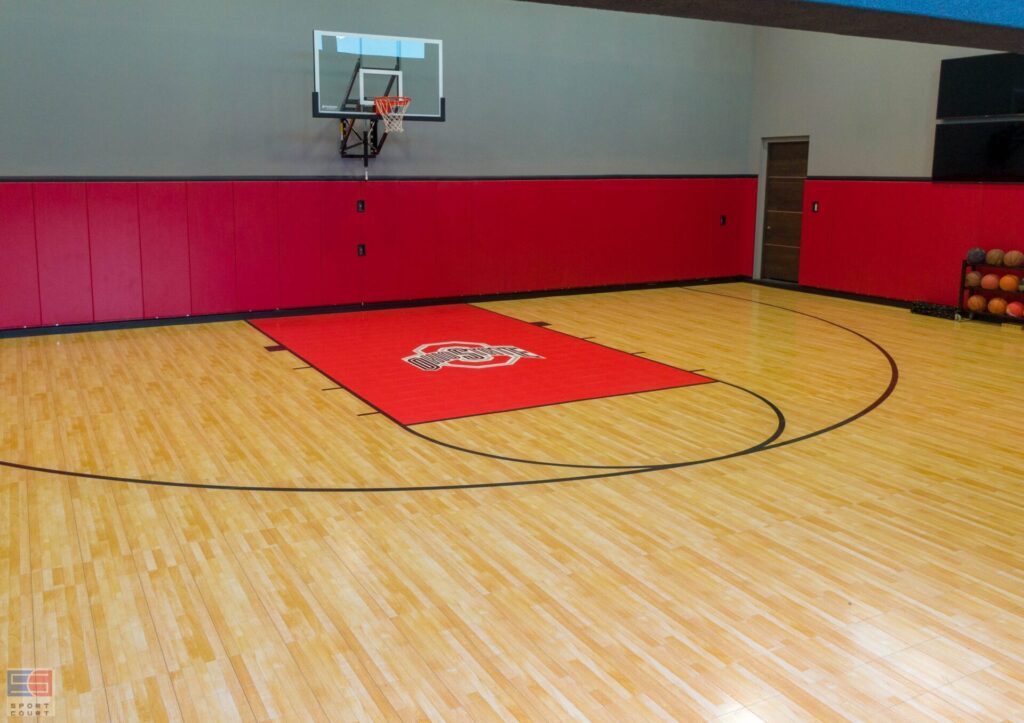

These floors not only enhance performance but also create a professional and aesthetically appealing environment that elevates the game’s prestige. With hardwood’s ability to blend functionality, safety, and style, it remains the gold standard for basketball courts worldwide.
Choosing the Right Hardwood for Your Basketball Court
When selecting hardwood for your basketball court, several key factors must be considered to ensure the floor meets the demands of both performance and durability. The type of wood, thickness, and finishing options are critical elements that contribute to the overall quality of the floor.
1. Wood Type: Maple is the most commonly used wood for basketball courts due to its density, durability, and smooth grain, which allows for consistent ball bounce and excellent player comfort. Other hardwoods like oak and ash may also be used, though they are less common in professional settings.
No doubt, the type of wood you choose directly influences the floor’s responsiveness and longevity.
2. Thickness: The thickness of the hardwood floor plays a vital role in its shock absorption and durability. Typically, basketball court hardwood floors range from 25mm to 40mm in thickness. Thicker floors are more resilient to wear and tear, providing better shock absorption for players.
However, thinner floors may be more affordable but may not offer the same level of durability or protection.
3. Finishing Options: The finish applied to the hardwood floor is essential for both aesthetics and protection. Two of the most common finishes are polyurethane and oil-based. Polyurethane finishes are durable and resistant to moisture, making them ideal for high-traffic environments like basketball courts. They provide a glossy finish that enhances the wood’s natural appearance and protects it from wear and scratches.
On the other hand, oil-based finishes are less glossy but offer a more natural, matte look. While they tend to require more maintenance, oil-based finishes can provide a warmer, more authentic appearance.
4. Impact on Floor Longevity: The choice of finish affects the hardwood floor’s longevity and maintenance requirements. Polyurethane finishes tend to last longer and offer superior protection against scratches, stains, and wear, making them a great choice for busy courts. Oil-based finishes, while still effective, may need to be reapplied more frequently due to their susceptibility to wear and weather conditions.
5. Budget Considerations: When selecting hardwood for your basketball court, balancing quality and cost is essential. Maple is the most expensive hardwood, but its durability and performance benefits make it a worthwhile investment for professional courts.
Thicker wood and high-quality finishes like polyurethane will raise the initial cost, but these choices ensure a longer-lasting, high-performance surface.
If you have budget constraints, opting for thinner wood or a less expensive finish may reduce upfront costs, though you may need to account for additional maintenance or replacements down the line.
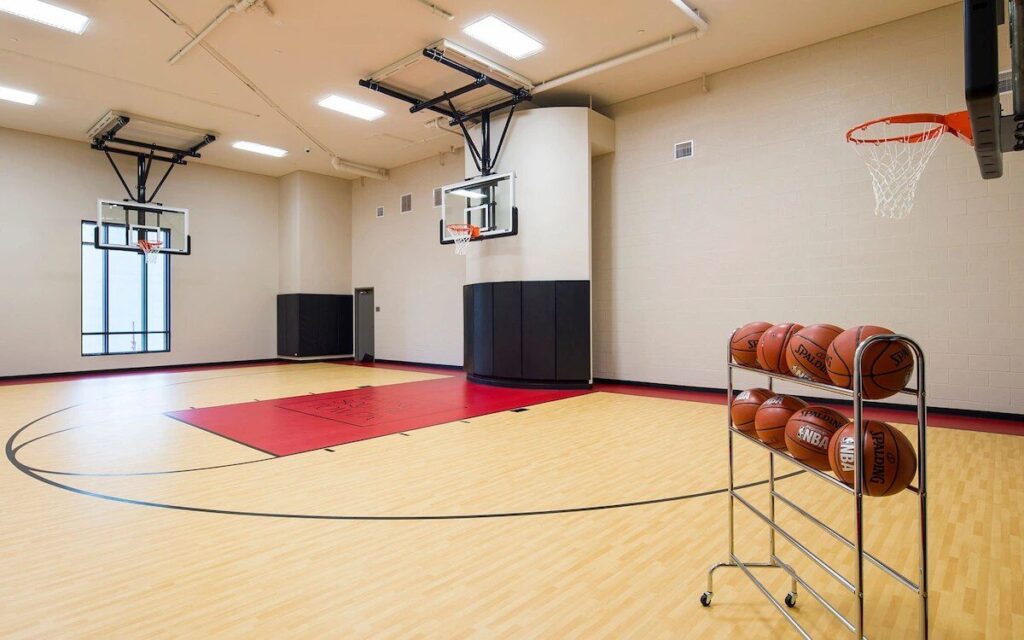

Conclusion:
Choosing the right hardwood for basketball court is crucial for ensuring optimal performance, safety, and durability. By considering factors like wood type, thickness, finish, and budget, you can create a high-quality court that meets the needs of both players and facility managers. For expert advice and high-quality hardwood options, contact VMKON today to get a quote and start building the perfect basketball court for your needs.
FAQs
Why are maple and oak the most common woods used for basketball hardwood floors?
Maple and oak are popular due to their durability, smooth grain, and resilience. Maple is particularly favored for its consistent bounce and strength, while oak provides excellent shock absorption, making both ideal for high-impact sports like basketball.
How long do basketball hardwood floors last with proper care?
With proper maintenance, basketball hardwood floors can last 20-30 years or more. Regular cleaning, refinishing, and controlling the environment (humidity and temperature) can significantly extend their lifespan.
Can hardwood floors be used for other sports?
Yes, hardwood floors are versatile and can be used for various indoor sports like volleyball, tennis, and indoor soccer. However, specific flooring features may need to be adjusted based on the sport’s requirements.
What is the best way to clean and maintain basketball hardwood floors?
To maintain hardwood floors, regularly sweep and mop them using a cleaning solution specifically designed for wood. Avoid excess water, as it can damage the wood. Additionally, periodic refinishing and ensuring proper humidity levels will help preserve the floor’s quality.
Are there eco-friendly options for basketball hardwood flooring?
Yes, eco-friendly hardwood flooring options are available. Look for sustainably sourced maple or oak certified by organizations like FSC (Forest Stewardship Council). Additionally, some manufacturers offer finishes and treatments with low VOCs (volatile organic compounds) to reduce environmental impact.


